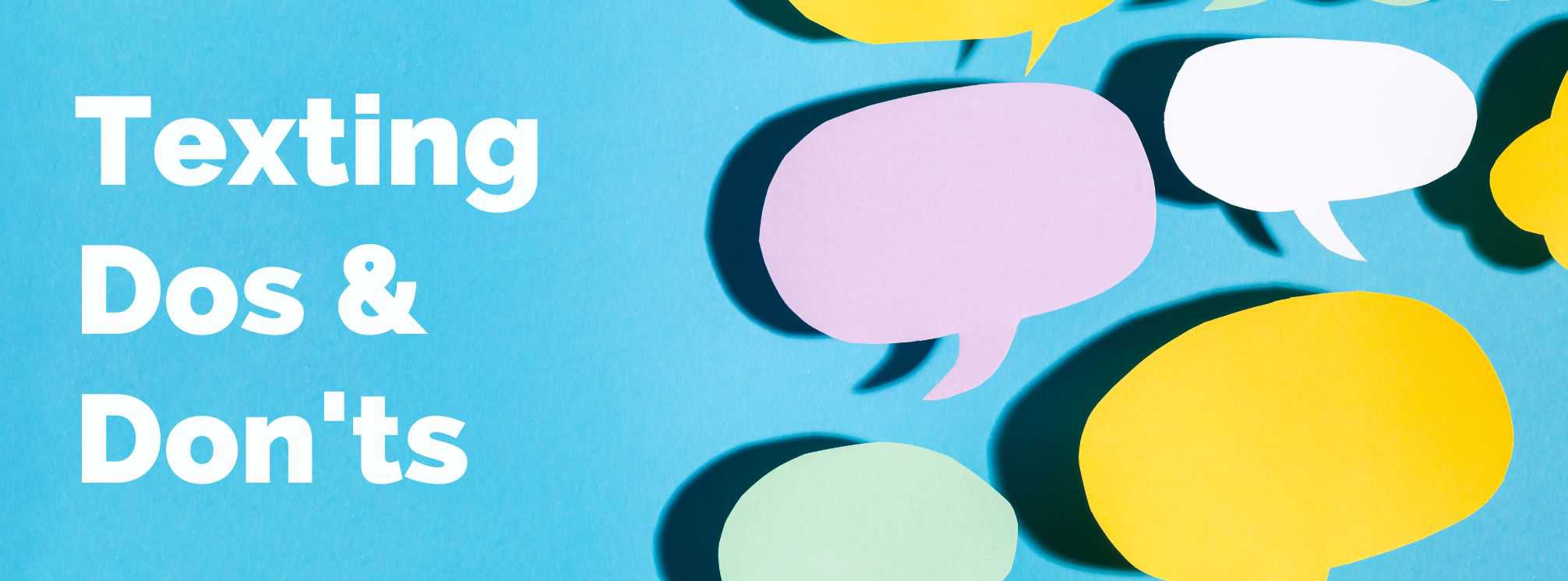Last updated on March 21, 2024 at 07:23 am
In our latest frontline worker communication survey, we discovered that texting has become a much more common internal communication channel for deskless employees. But it’s not just that employees have more access to texting than in previous years, but 1 in 2 would like to receive work communication via text. Because deskless workers are notoriously harder to reach, this is a big win for companies. But if you’re thinking of using texting for business communication, you’ll want to consider if you should be texting employees off the clock.
Can An Employer Send Text Messages to Employees?
First things first, you are probably wondering if you’re even allowed to text your employees. And, luckily, as long as you follow TCPA regulations for texting, you absolutely can text your employees.
But keep in mind that it is illegal for employers to ask non-exempt employees in California to do any work off the clock. And that includes texting them about work.
This is one reason why you want to avoid relying solely on texting employees for work. It’s always smart to have a healthy mix of communication channels, so your employees can always find information in other places. We recommend also thinking about an employee app if you’re concerned about being able to reach your frontline workers.
Should You Text Employees After Hours?
Although you can text most employees off the clock, the question really is: should you?
Typically, we believe it’s really important to be able to target information to employees at a time that is best for them. This is better for engagement and ensuring important actions are taken during the work shift.
But there certainly are applications for when you might want to be texting employees off the clock. And that’s primarily during emergencies. Here are a few examples:
- Ensuring that your teams are safe during some kind of disaster (e.g. hurricane or mass shooting).
- To notify employees of a location closure due to an emergency (e.g. inclement weather).
You might also implement texting after hours in very time-sensitive situations such as:
- Managers texting their team about unexpected shift changes or swaps.
- Reminding employees about an imminent deadline that affects their lives (e.g. open enrollment closing).
In each of these examples, there is a very obvious benefit to the employee. Always put yourself in the shoes of your employees and ask yourself if the text really needs to be sent outside of working hours or if it can wait.
What to Consider When Texting Employees After Hours
Aside from figuring out if a communication should be sent to employees after hours, there are other considerations for texting employees off the clock. Let’s run through the dos and don’ts of after hours texting.

The Dos of Texting Employees Off the Clock
- Always make the texts work related. It should go without saying that you should never text an employee off the clock about something totally irrelevant to them or their work. This just wastes their time and is disrespectful of their time.
- Keep texts short. This is a good rule of thumb whenever you use texting for employee comms. But you should especially be mindful of how concise texts are when you send them to workers off-the-clock.
- Set clear expectations ahead of time. When employees opt in to texting, it’s helpful to let them know what to expect. Why you’ll text them and roughly how often are helpful to share.
- Give employees the ability to opt-out of texts. It’s important to let your employees easily opt-out of texts. Even though you’re going to use your powers for good, you want to give them the ability to choose for themselves if they want to get texts or not.
- Follow a strict policy of what’s allowed to be sent after hours. Like any other channel you use, it’s important to set ground rules for what that channel is to be used for. Off-the-clock texts, for example, should have clear rules and requirements.
The Don’ts of Texting Employees Off the Clock
- Don’t overdo it. One of the worst mistakes you can make with texting employees off the clock is to send them too many messages. This is why it’s important to have clear policies for what can be sent after hours as well as the ability to target your texts so texts are always relevant.
- Don’t ask employees to do off-the-clock work. Sending messages that are helpful to your employees is very different from asking them to do work in those texts. This kind of text certainly shouldn’t be sent after hours.
- Rely solely on texting as a crisis communications channel. Not all employees are going to want to use every channel you have. That goes for texting, apps, intranets, and everything in between. So, you need to have a variety to make sure that when messages are critical, they get through to everyone that’s impacted.
- Ignore texting analytics. Don’t just blast texts out to your teams and not look at the data. Learn from your open rates to see if your off the clock texts are making the right impact. And if they aren’t, it’s time to pivot.
Subscribe To The theEMPLOYEEapp Newsletter
Comments are closed.




